The Ultimate Travel Guide Hoi An 2025
Hoi An, the Yellow City of Vietnam, is much more than just a tourist destination; it’s a living museum (as stated by a famous photographer).
As an expatriate living here since 2012, I’m sharing in this guide all the answers to your questions to help you discover the best of this magical city. Get ready to fall in love with Hoi An and experience an unforgettable journey!
Feel free to ask your questions in the comments, and I’ll answer them here.
// Transport in Hoi An
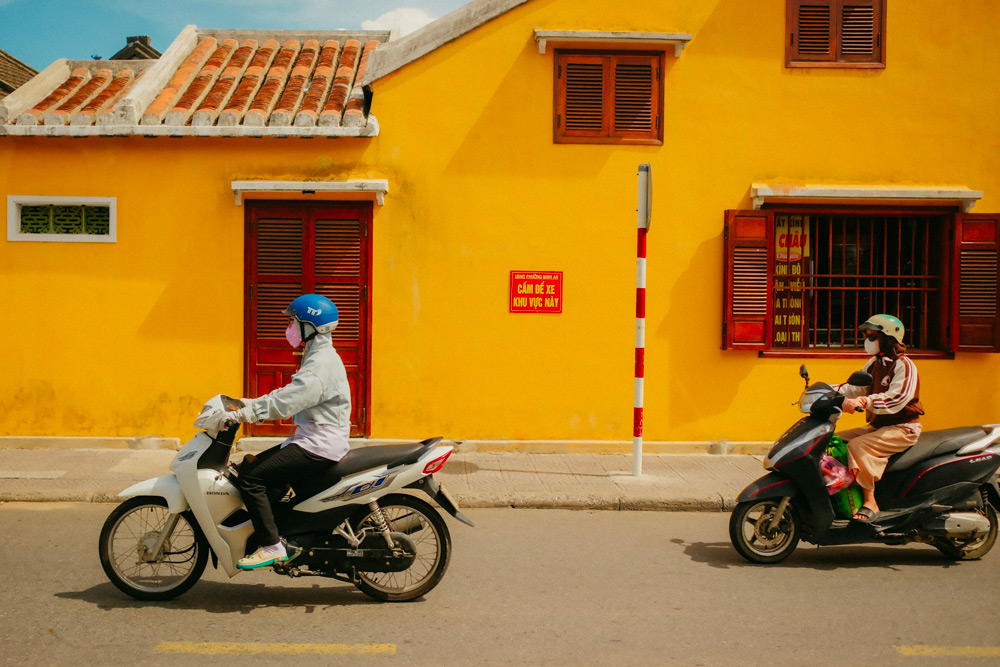
1. How to get to Hoi An?
Hoi An does not have an airport or a train station, but it’s still easily accessible. The best entry point is Da Nang International Airport, located 27 km away. From the airport, you can book a private car through Hoi An Transport Service, take a taxi, or a shared shuttle. For those traveling by train, the Da Nang train station is also convenient. Finally, if you opt for the bus, several companies offer direct routes from Hue, Nha Trang, or Hanoi. It’s an affordable option, though less flexible.
2. How far is Hoi An from Da Nang Airport?
Da Nang Airport is just 27 km from Hoi An. By car or taxi, it takes about 45 minutes to reach the center of Hoi An. A quick and pleasant journey! Feel free to read my article about the journey from Da Nang to Hoi An.
3. What are the most convenient ways to get around Hoi An?
- Bicycle: Ideal for exploring the Old Town or nearby villages.
- Scooter: Rent one for longer trips.
- Grab: A convenient ridesharing service to book a taxi or scooter.
- Private car: Perfect for excursions or transfers to Da Nang, Hue, or My Son.
4. Is there a train to Hoi An?
No, there is no train station in Hoi An. If you prefer to travel by train, you can take a ticket to Da Nang train station, then continue by car or taxi to Hoi An.
// Hoi An Old Town
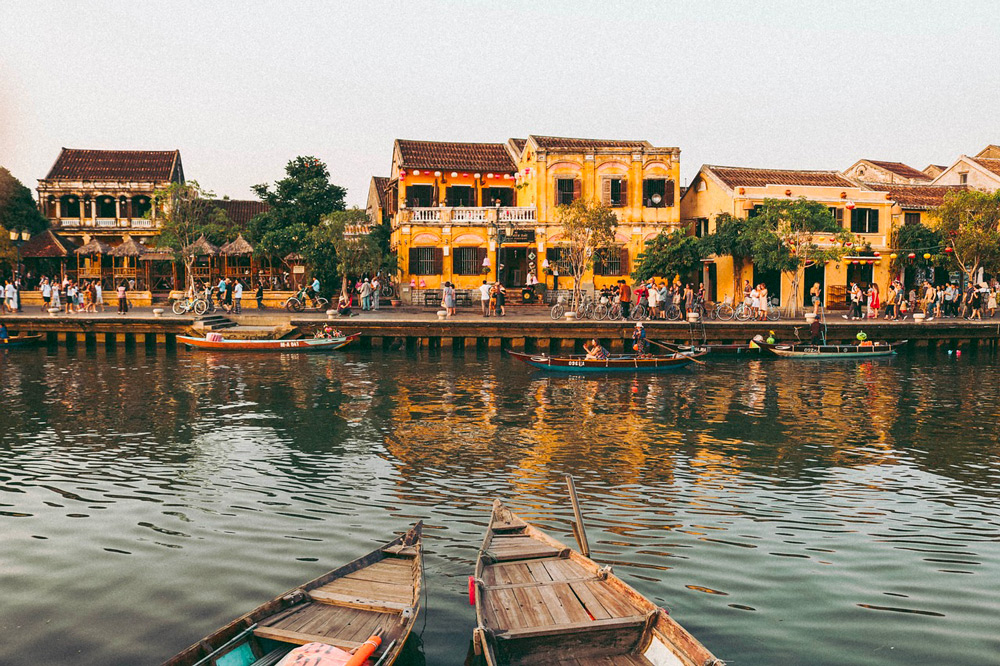
5. What is the Old Town of Hoi An?
The Old Town of Hoi An is a UNESCO World Heritage site, known for its narrow streets lined with yellow facades, colorful lanterns, and wooden merchant houses. This historic district reflects a unique blend of Chinese, Japanese, and French influences, with the Japanese Bridge being the most famous monument. Walking through its streets is like stepping back in time, offering an authentic atmosphere that transports you to another era.
6. How much are the tickets for the Old Town?
A ticket costs 120,000 VND (around 6 USD) and provides access to 5 historical sites among the 22 attractions in the Old Town. These sites include must-sees like the Japanese Covered Bridge, ancient houses, and Chinese assembly halls. In addition to supporting heritage conservation efforts, this ticket is a great way to discover Hoi An’s historical treasures.
7. Do you need a ticket to visit the Old Quarter of Hoi An?
A ticket is only required to visit certain historical monuments, such as the Japanese Covered Bridge or the ancient houses. The ticket costs 120,000 VND (6 USD) and grants access to five sites. It is not necessary to buy a ticket if you simply want to stroll through the streets of the Old Town.
8. What are the opening and closing hours of the Old Town of Hoi An?
- 9:00 AM – 11:00 AM: No scooters allowed, pedestrian access only.
- 11:00 AM – 3:00 PM: Open for all, vehicles allowed.
- 3:00 PM – 9:00 PM: No scooters allowed, pedestrian access only.
- 9:00 PM – 9:00 AM: Open for all.
9. What are the 5 must-see monuments in Hoi An’s Old Town?
- The Japanese Covered Bridge: An iconic symbol of the city, built in the 16th century by the Japanese to connect the Japanese and Chinese quarters. It is even featured on the Vietnamese 20,000 VND banknote, highlighting its historical significance in Hoi An.
- Tan Ky House: A beautiful example of traditional Hoi An architecture, combining Vietnamese, Japanese, and Chinese influences.
- Duc An House: A well-preserved historical house that reflects the ancient architecture of Hoi An and its commercial history.
- Phuc Kien Assembly Hall: A stunning Chinese assembly hall dedicated to the Sea Goddess, featuring impressive architecture and intricate sculptures.
- Quang Dong Assembly Hall: Another important Chinese assembly hall, known for its superb architecture and its historical role in the Chinese community of Hoi An.
10. What are the best markets to visit in Hoi An?
- Central Market of Hoi An: Ideal for discovering local street food, fresh products, and spices.
- Night Market: Located in the Old Town, it’s perfect for buying souvenirs like handmade jewelry, lanterns, and local clothing, or sampling some Vietnamese culinary specialties.
- Tiger Market: Less touristy, it’s an authentic place to explore the daily life of the locals.
11. What cultural or traditional shows to see in Hoi An?
- Hoi An Memories Show: This impressive show traces the city’s history through stunning artistic performances and visual effects.
- Lune Production: A series of modern performances inspired by Vietnamese culture, combining music, dance, and acrobatics. A captivating mix of tradition and modernity.
- Apsara Dance at My Son: Enjoy traditional Cham dances during your visit to the My Son Sanctuary.
// Beaches and Villages near Hoi An

12. Which beaches to visit near Hoi An?
Hoi An has several beautiful beaches:
- An Bang: The most popular beach in Hoi An, ideal for relaxation with seaside restaurants and bars.
- Cua Dai: Quieter and more local, perfect for a family day out.
- Ha My: A less crowded beach, great for those seeking tranquility.
- Tan Thanh: A local beach that is becoming increasingly popular among expatriates.
- Hidden Beach: A hidden, less touristy spot but affected by erosion.
13. Can you do paddleboarding or kayaking on the Thu Bon River?
Yes, absolutely! You can rent a paddleboard or kayak to explore the Thu Bon River at your own pace. Early morning or sunset rides are particularly magical. Local agencies also offer guided tours for a more complete experience.
14. What villages to visit around Hoi An?
- Tra Que: Famous for its herb gardens and organic vegetables, perfect for a walk or a cooking class.
- Kim Bong: Known for its craftsmen specializing in wood carving.
- Thanh Ha: Discover traditional pottery craftsmanship and even make your own souvenir.
- Cam Thanh: Explore the water coconut forest aboard a bamboo basket boat, a fun and typical experience.
// Activities and Excursions in Hoi An

15. What activities to do in Hoi An?
- Cycling in the rice fields: A relaxing activity to explore the lush landscapes.
- Taking a cooking class: Learn how to prepare typical dishes like Bánh Xèo or Nem.
- Visiting the Old Town: Discover its temples, historical alleys, and museums.
- Making a lantern: A creative and cultural experience to take home a personalized souvenir.
- Exploring local markets: The central market for street food and the night market for handcrafted souvenirs.
- Precious Heritage Museum by Réhahn , French photographer: Simply the best museum in Hoi An.
16. What day trips can be done from Hoi An?
Here is a list of the best excursions around Hoi An:
- My Son Sanctuary: Explore the UNESCO-listed Cham ruins, 40 km from Hoi An. Perfect for history lovers.
- Hai Van Pass (Cloudy Pass): A scenic route with breathtaking views of the mountains and sea.
- Bana Hills and the Golden Bridge: A day to explore this park with its famous bridge held by giant hands.
- Cham Islands: Ideal for snorkeling, diving, or simply enjoying the paradise beaches.
- Traditional Villages: Visit Tra Que (herb garden), Cam Thanh (basket boat ride), or Thanh Ha (pottery village).
- Marble Mountains: Explore these five sacred mountains with their pagodas, caves, and stunning views.
- Hue: Take a day trip to the ancient imperial capital to visit the Forbidden City and the royal tombs.
17. Is the My Son Sanctuary worth visiting?
Yes, absolutely! Located 40 km from Hoi An, this site features Cham ruins dating from the 4th to the 13th century. It’s a place rich in history and culture, perfect for heritage enthusiasts. I recommend visiting early in the morning to avoid the crowds and fully enjoy the serenity of the site.
18. Hoi An Lanterns: Where to make or buy them?
For a unique experience, participate in a lantern-making workshop in the Old Town by the local agency Hoi An Discovery. You’ll learn how to create a lantern from start to finish, perfect as a personalized souvenir. If you prefer to buy them, head to Hoi An’s night market along Nguyen Hoang Street, where colorful lanterns light up every corner of the market.
// Gastronomy in Hoi An
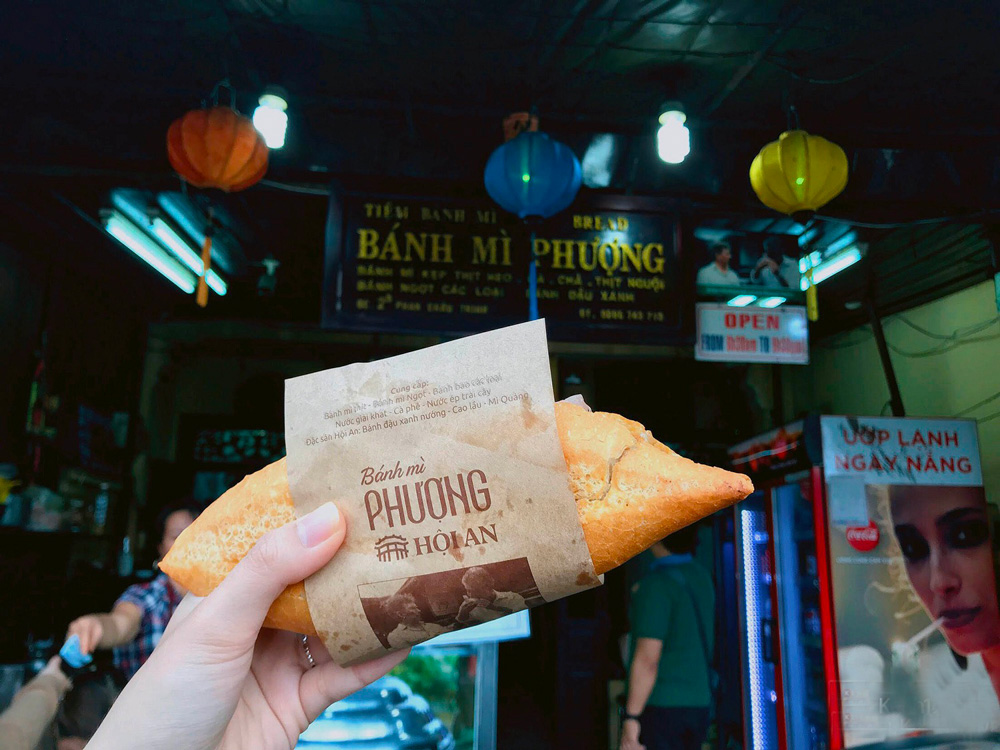
19. What are the must-try dishes in Hoi An?
Hoi An is famous for its delicious cuisine. Here are the must-try dishes:
- Cao Lầu: Thick noodles served with marinated pork, fresh herbs, and a light broth. This is Hoi An’s signature dish.
- Bánh Mì: The iconic Vietnamese sandwich, best enjoyed at Madam Khanh or Bánh Mì Phượng.
- White Rose (Bánh Bao Bánh Vạc): Delicate steamed dumplings filled with shrimp or pork.
- Mi Quang: Yellow noodles served with shrimp, pork, and peanuts in a light broth.
- Com Ga (Chicken Rice): A simple yet flavorful dish with fragrant rice and shredded chicken.
20. What are the best restaurants in Hoi An?
- Morning Glory: A must-visit for classic Vietnamese dishes like Cao Lầu and Bánh Xèo.
- Madam Khanh (The Bánh Mì Queen): The place to go for an authentic Bánh Mì.
- Mango Mango: Perfect for a romantic dinner with a view of the river.
- Bale Well: An interactive experience where you learn to assemble your own spring rolls.
- Baby Mustard: Located near the rice fields, this restaurant offers fresh dishes prepared with local ingredients.
- Nu Eatery: Tucked in a quiet alley, this restaurant offers a modern take on traditional dishes. Their menu changes regularly, using fresh, local products.
// Accommodation in Hoi An
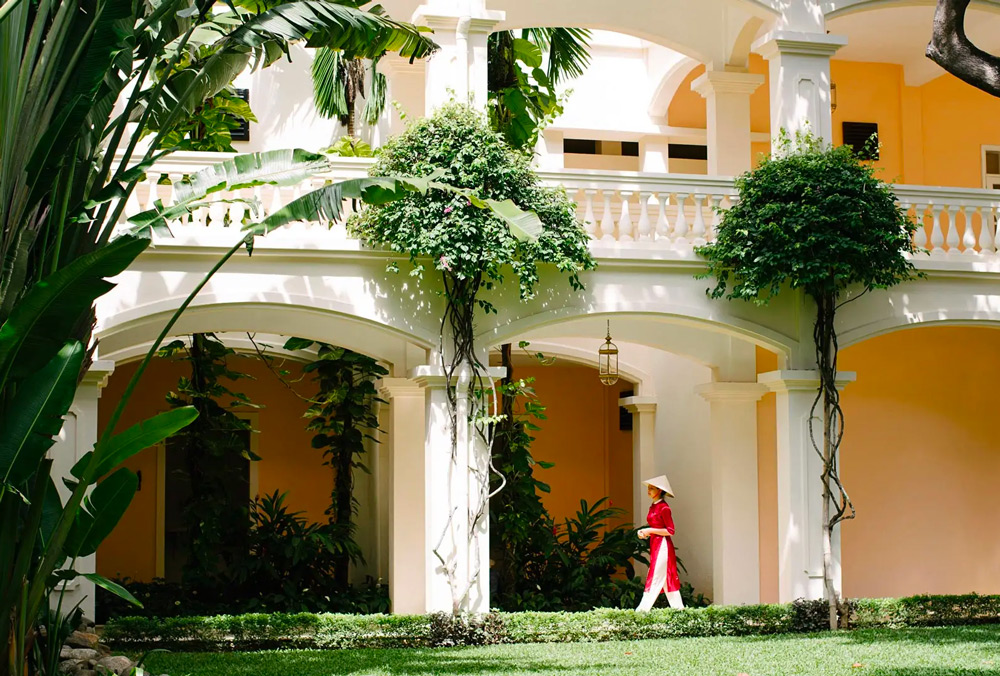
21. What are the best hotels in Hoi An?
- For a luxury stay: Four Seasons Resort The Nam Hai, with its private villas and exceptional service.
- For a mid-range budget: Little Riverside Hoi An, offering an elegant atmosphere and views of the river.
- For a budget-friendly option: Hoi An Dream City Hotel, a simple and affordable choice near the Old Town.
22. What are the best homestays in Hoi An?
Hoi An offers many homestays that provide a more authentic and warm experience compared to traditional hotels. Here are some recommendations:
- Under The Coconut Tree: Located near An Bang Beach, this homestay offers a relaxing setting with bamboo bungalows and a friendly atmosphere.
- An Bang Garden Homestay: Just steps away from An Bang Beach, this place offers cozy rooms with a beautiful garden.
23. What are the best luxury hotels in Hoi An?
If you’re looking for a high-end stay, choose Four Seasons Resort The Nam Hai for its private villas and exceptional service. Anantara Hoi An Resort, with its central location and colonial architecture, is also highly regarded for a refined experience.
// Weather in Hoi An
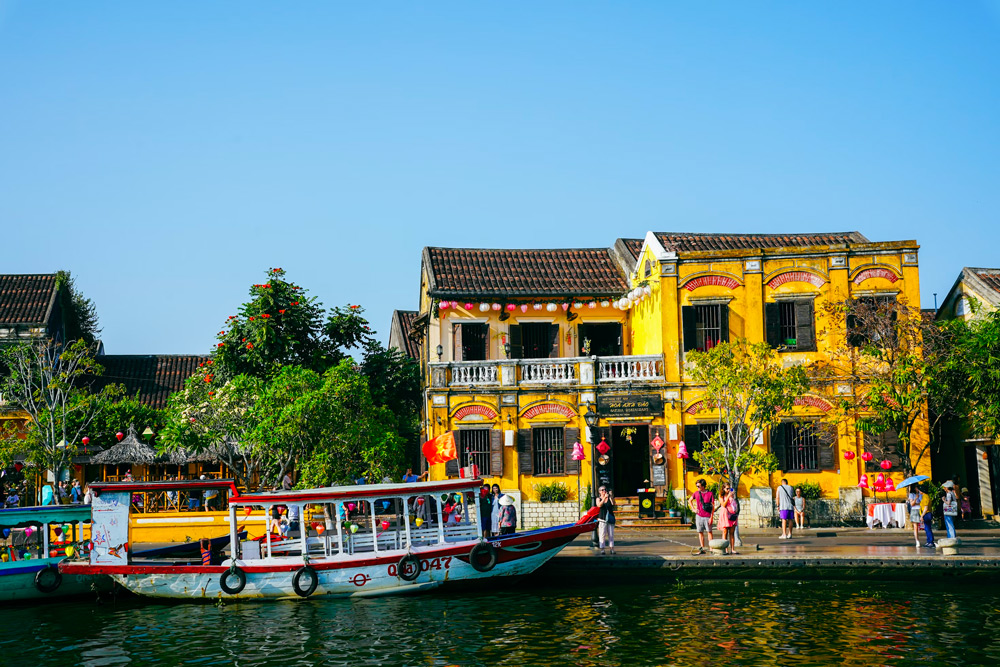
24. What is the best time to visit Hoi An?
The best time to visit Hoi An is between March and September, during the dry season, with pleasant temperatures and clear skies. This is also the ideal time to enjoy the beaches and outdoor activities. If you want a magical experience, visit during the Hoi An Lantern Festival, held every month during the full moon.
25. When is the rainy season in Hoi An?
The rainy season lasts from October to January, with frequent showers and occasional flooding in the Old Town. While this limits some activities, the atmosphere is quieter, making it a great time to explore local cafés and enjoy the regional dishes.
// Shopping in Hoi An
26. What souvenirs to bring back from Hoi An?
- Handmade lanterns: Iconic of Hoi An, they are light and easy to carry.
- Tailored clothing: Have a custom outfit made in one of the many tailoring workshops.
- Local silk: Buy scarves or fabrics from specialized shops like Atelier Hoi An.
- Ceramics: Take home traditional pottery made in Thanh Ha.
- Vietnamese coffee: Treat yourself to a selection of local beans.
// Events in Hoi An
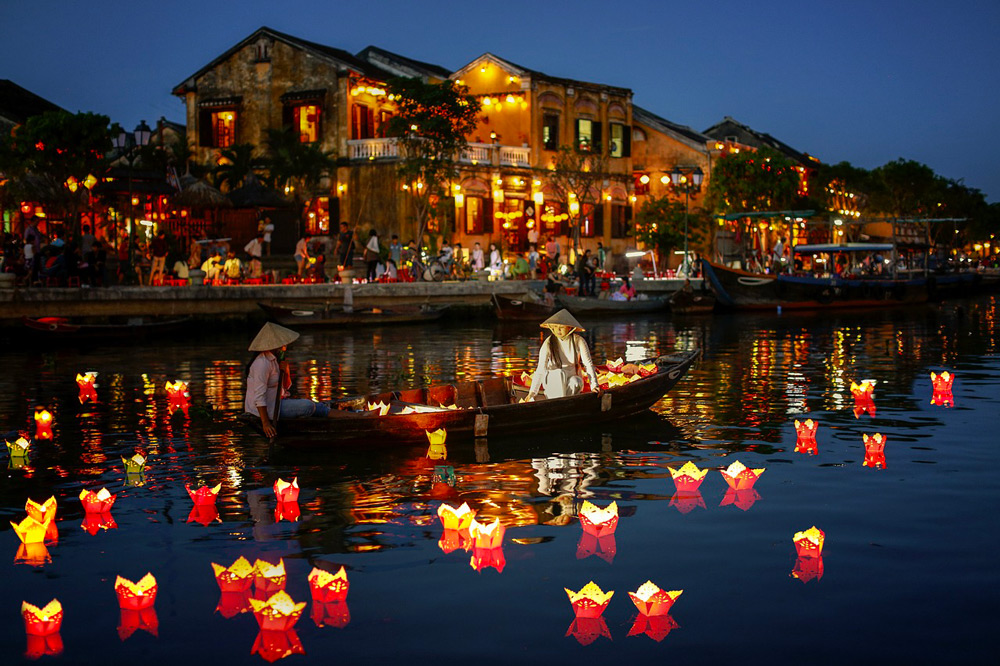
27. What are the best festivals to experience in Hoi An?
Hoi An is a vibrant city where festivals play a key role in the local culture. Here are the must-see events:
- Lantern Festival (Full Moon Festival): Every month, the Old Town lights up with colorful lanterns during the full moon. The streets become pedestrian-only, and locals offer tributes to their ancestors, creating a peaceful and magical atmosphere.
- Lunar New Year (Têt): The biggest celebration in Vietnam, marked by festive decorations, family meals, and traditional ceremonies. It’s an essential time to experience the Vietnamese spirit.
- Mid-Autumn Festival: A colorful and joyful event celebrating the harvest. Children parade with lanterns, markets fill with mooncakes, and the city takes on an even more enchanting atmosphere.
- Dragon Boat Festival: Held on the Thu Bon River, this festival features exciting boat races, accompanied by traditional songs and dances.

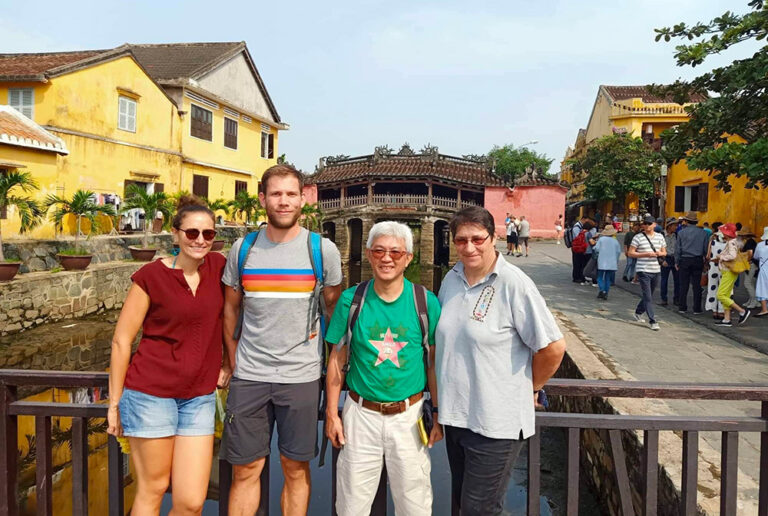


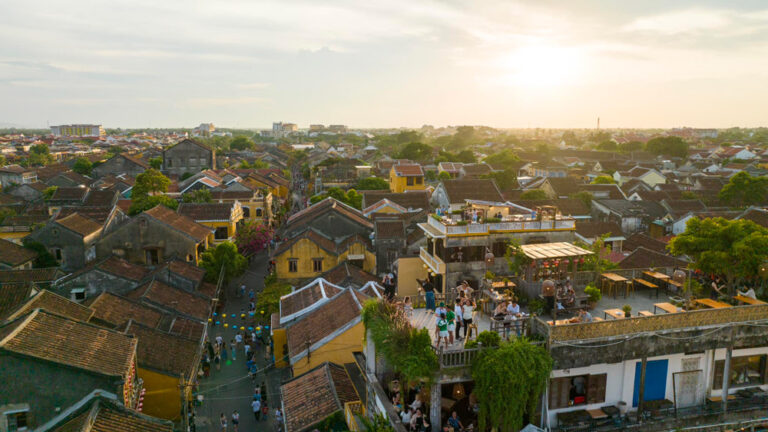

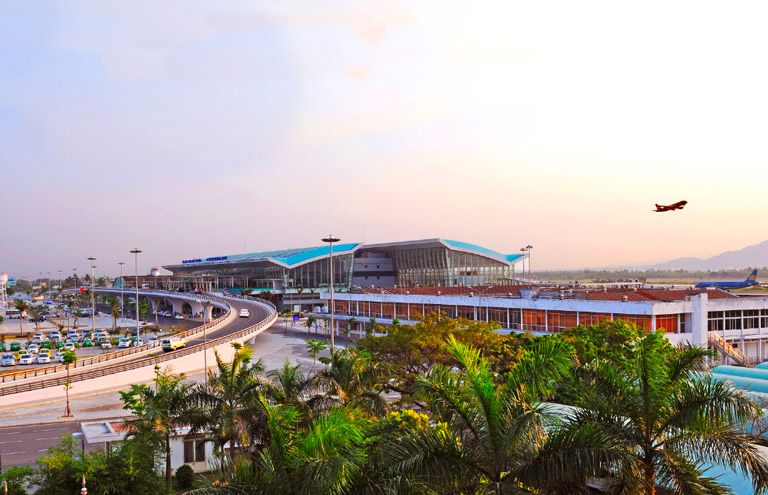
Hi,
Very informative article on the basket boats.Do you have any advice on visiting today in this lovely rainy weather?
Hi,
The heavy rains are over.
We’ve had light rain for a few days now.